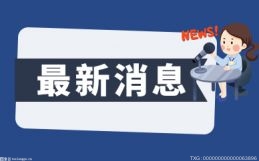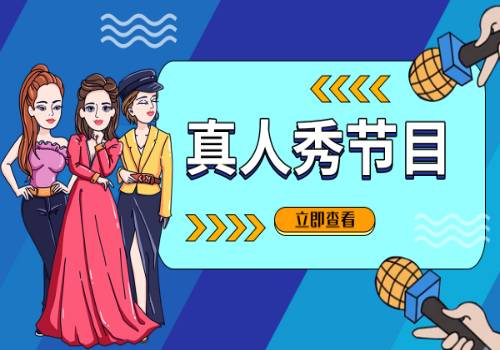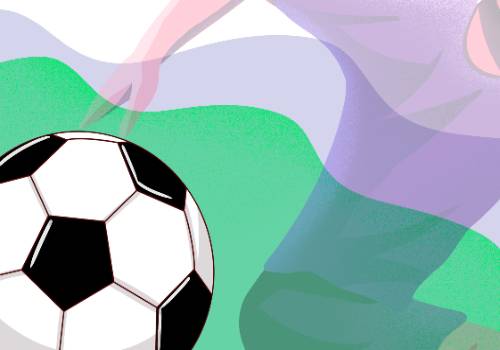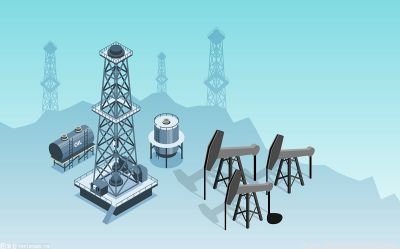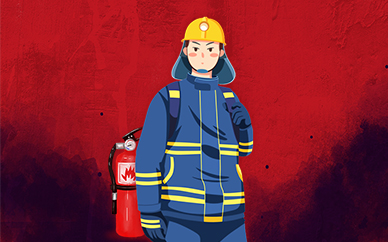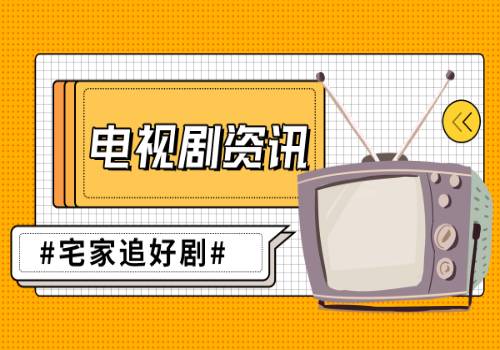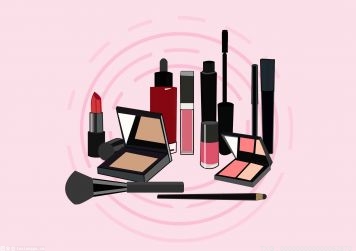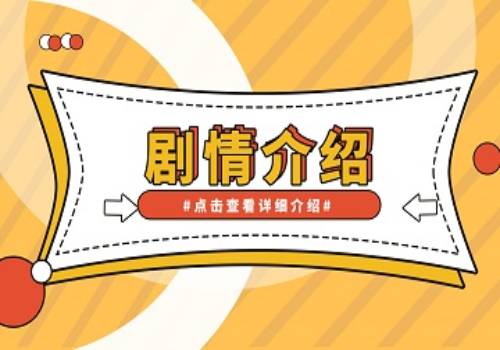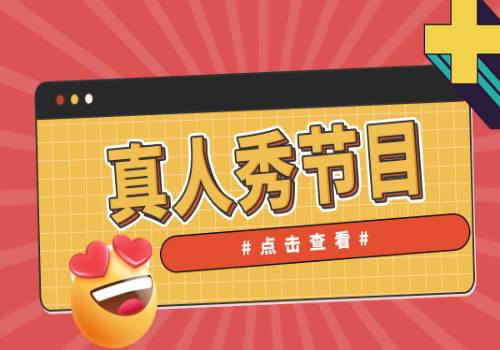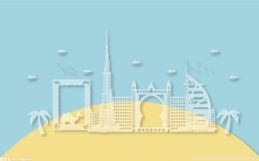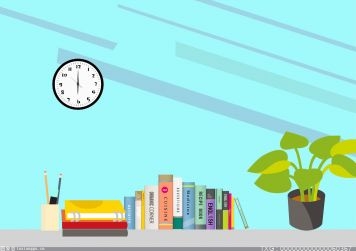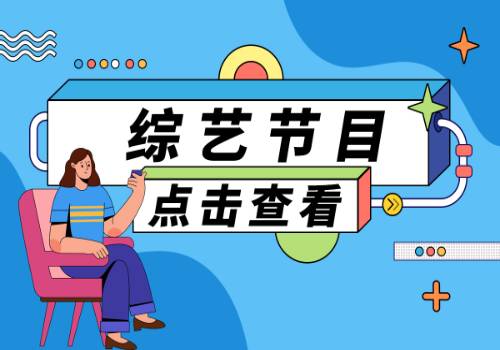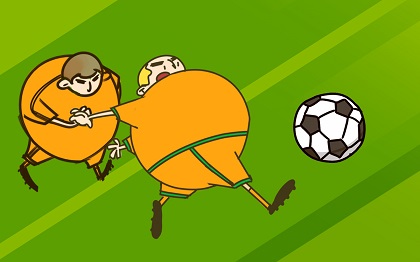小学英语语法总复习知识点归纳
1
 【资料图】
【资料图】
时态
1.一般现在时
(1)表示经常发生的动作或事情,通常用 “usually通常, often常常, every…每…, sometimes有时,always总是,”等词。
(2)基本结构:
主语I / You / We / They /He / She / It
肯定句:主语+ 动词原形或动词第三人称单数形式
否定句:主语+ don’t + 动词原形 或者doesn’t + 动原
一般疑问句(Yes/No) Do… ? Yes, I do. No,I don’t.
Does…(动词原形)…? Yes,he/she does. No,he/she doesn’t.
特殊疑问句 What do …? How does she…(动词原形)…?
(3) 动词第三人称单数形式(同名词单数变成复数方法相同)
1. 一般情况 +s 如:walk-walks
2. 辅音字母+y结尾 去y +ies fly-flies
3. 结尾是 s, x, sh, ch +es watch-watches
4. 结尾是0 +es do-does, go-goes
5. 特殊 have-has
2.现在进行时
(1)表示正在发生的动作,通常用“now现在, look看,linsen听”.
(2)基本形式: be + 动词-ing
eg: I am(not) doing my homework.
You/We/They are(not) reading. He/She/It is(not) eating.
What are you doing? Is he reading?
(3)动词的现在分词形式(动词+ing)
一般情况 +ing walk—walking
结尾是不发音的 e -e + ing come—coming 重读闭音节 双写最后一个字母+ing swim-swimming run-running
3. 一般过去时
(1) 表示过去已经发生的事情,通常用 “last …上一个…, just now刚才, many years ago许多年前, yesterday昨天”等词。
(2) be 动词的过去式: am/is—was are—were
(3)过去式基本结构
肯定句:主语+ 动词过去式
I went shopping last night.
否定句:主语 + didn’t + 动词原形
I didn’t go shopping last night.
一般疑问句(Yes/No)
Did …+ 动词原形…?
Did you go shopping last night?
特殊疑问句(wh-) What did…+ 动词原形…?
What did you do last night?
(4)动词过去式的变化:
规则动词的变化:
(1)一般动词 +ed
planted,watered,climbed
(2) 以不发音的e结尾 +d
liked tied
(3)辅音字母加y结尾 -y+ ied
study—studied, cry- cried
(4)重读闭音节单词,末尾只有一个辅音字双写最后一个字母+ed
plan – planned stop –stopped
4.一般将来时
一般将来时表示将来打算做的事或将要发生的事情。常常与tomorrow, next Sunday 等时间状语连用。
结构:be going to +动词原形或will +动词原形
例如:I’m going to visit my grandpa next week.
2
人称代词
主格 I we you he she it they
宾格me us you him her it them
形容词性物主代词my our your his her its their
名词性物主代词mine ours yours his hers its theris
(注:介词,动词后面跟宾格。后面没有名词时用名词性物主代词。)
3
可数名词的复数形式
1.一般名词: + s book –books
2.辅音字母加y结尾: - y+ ies story—stories
3.以s, x,sh, ch ,结尾: + es glass—glasses; a watch-watches
以o结尾:
1)有生命的 +es potato-potatoes非绝对
2) 无生命的 +s photo-photoes非绝对
4.以f或fe结尾: - f 或fe 变为ves knife –knives; shelf-shelves
5.特殊的名词复数:
man-men
woman-women
policeman-policemen
policewoman-policewomen
mouse-mice
child-children
foot-feet
tooth-teeth
leaf-leaves
Chinese-Chinese
4
不可数名词(没有复数形式)
bread, rice, water, juice,milk,tea,coffee...
5
缩写形式
I’m = I am you’re = you are she’s = she is
he’s = he is hasn’t = he has(got)
it’s = it is who’s =who is
can’t =can not isn’t=is not
didn’t=did not weren’t=were not
wasn’t=was not let’s=let us I’ll=I will
6
a. an .the的用法
1.单词的第一读音是辅音读音:a book, a peach, a “U”
单词的第一个读音是元音读音:an egg, an hour, an “F”
2.the要注意的:球类前面不加the,play football
乐器前面要加the,play the piano
序数词前面要加the, the second
7
介词
1.表示方位:
on, in ,in front of, between, next to, near, beside, at, behind.,under
2.表示时间:
(1)at : 几点前面用at如:at six o’clock, 没有day的节日前用at如 :at Christmas, 固定词组 at the weekends ,at night
(2)on: 用于星期,日期,某一天的上午、下午、晚上(指具体的某一天时)
on Sunday在星期天 on Sunday morning 在星期天的上午 on March 8 在3月8日; 带有Day的节日前用on 如: on National Day
(3)in: 早晨,中午,晚上前用in:in the morning ,in the afternoon ,in the evening , 月份前用in ,如in December ;季节前用in ,如 winter;年份前用 in,如 in 1999
8
基数词变成序数词的方法
1. 直接在基数词词尾加上th。
如:seventh第七,tenth 第十,thirteenth 第十三,
2.以y结尾的基数词,变y为i,再加上eth。
如:twentieth 第二十。
3.不规则的。
如:first 第一, second 第二, third 第三,fifth 第五, eighth 第八,ninth 第九,twelfth 第十二。
4.有两个或以上单词组成的基数词只改最后一个单词如twenty-first 第二十一。
9
some /any的用法
1.肯定句中用some:
I have some toys in my bedroom.
2.问句和否定句中用any:
Do you have any brothers or sisters?
He hasn’t got any pencils in his pencil-case.
3.询问想要什么时用some:
Would you like some juice?
Can I have some stamps?
10
there be结构
1.肯定句(有…): There is +单数或不可数名词
There are +复数
注:遵循就近原则,看靠there be最近的
2.一般疑问句(有…吗,):
Is there …?
Yes, there is./ No, there isn’t.
Are there…?
Yes, there are. /No, there aren’t.
3.否定句(没有):
There isn’t ….
There aren’t….
4.there be句型与have(has) 的区别:
there be 表示在某地有某物(或人);
have(has) 表示某人拥有某物。
11
祈使句
Sit down ,please.
Don’t open the door, please.
Let’s go to the park.
(注:祈使句中动词用原形)
12
(情态)动词
can, may, must, should, will 后面直接用动词原形。
1. I / He / She / They can sing.
May I come in?
I must go now.
2. You should be quiet in the library.
3. You’ll be good friends.
13
特殊疑问句
1.What 什么(问什么事,什么物或什么工作等)
What are you doing?
I’m reading.
What did you do yesterday?
I played basketball.
What are you going to do?
I’m going to do homework.
What is that?
It’s a book.
What does he/she do?
She’s a nurse.
What time is it?
It’s seven.
2. What colour 问颜色
What colour is your coat?
It’s red.
3.when 什么时候
When do you get up?
I get up at six thirty.
When is your birthday?
It’s on the 21st of December.
4.Which哪一个
Which is your watch, the yellow one or the white one?
The yellow is mine.
5.Who谁
Who is the man with a big nose?
He’s my uncle.
6.Whose谁的
Whose bag is it?
It’s his bag.
7.Where哪里
Where is my pen?
It’s under the book.
8.Why为什么
Why do you like summer?
Because…
9.How many 多少
How many books are there in the school bag?
There are four books in the school bag.
10. How old 几岁
How old is the young man?
He’s nineteen.
11.How much多少钱
How much is the toy bear?
It’s eleven yuan.
12.How 怎么样(How long/ big/tall?)
How do you go to school everyday?
I go to school by car.
How long is the river?
It’s 10 miles long.
14
已经学过的动词
来源 | 优优趣乐英语
明师俱乐部进行编辑整理,版权归原作者所有,如有侵权,请联系删除!
关注明师俱乐部
《中国风·虎阅英语分级阅读绘本》
长按上方二维码即可购买
特级教师都收藏的中学英语语法课教学设计
端午节传统文化ppt课例资源下载,超实用!(文末领取)
关于动词不定式的基本用法,都归纳在这里了!
特级英语老师整理:“be + 形容词 + 介词”结构汇总
教学资源、精彩活动、趣味互动
福利折扣、在线咨询
明老师微信ID:imingshigg
请不要重复添加明老师,谢谢!















